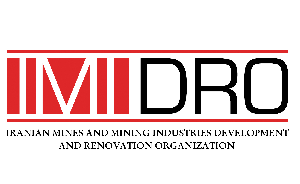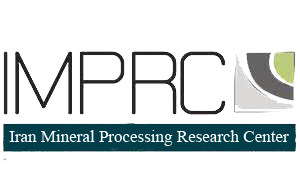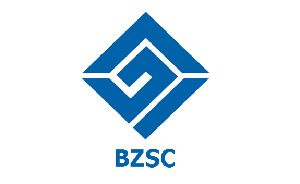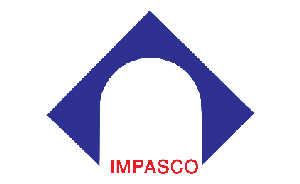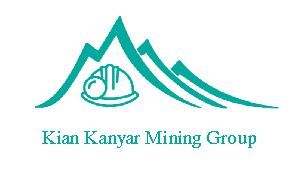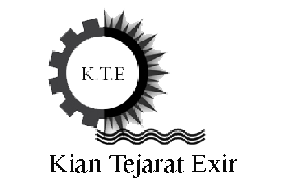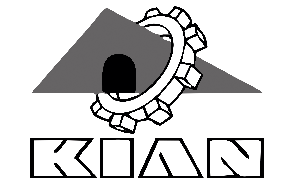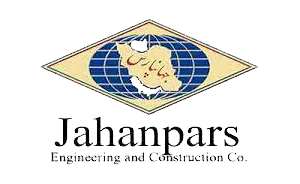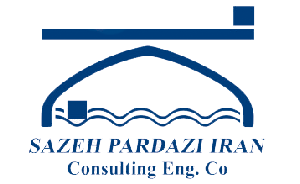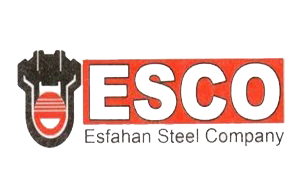GEOTECHNIC & ROCK MECHANIC
Geotechnical challenges that could influence the development of your site can include geological environment, ground and groundwater conditions and seismicity. Additional challenges may originate from your particular equipment and infrastructure, eg. Vibrating mill foundations, machinery with limited tolerance for settlement and other design constraints for structural and operational purposes.
KMP provides technical solutions in Geotechnical Engineering focused on civil engineering projects and mining industry. In terms of surface mining geotechnics, there is noteworthy service on infrastructure foundations, design and stability of waste rock dumps and rockfill embankment for tailings deposits.
Our teams of geotechnical specialists combine extensive knowledge and experience with sophisticated numerical modelling capabilities to develop appropriate, cost-effective solutions for your project. Our services include detailed site evaluation for development, foundation design, preparation of designs and contract management.
Services:
- Tailings and water dam design
- Waste dump and heap leach design
- Geotechnical investigation and detailed site evaluation
- Building and processing infrastructure foundation design
- Lateral support and retaining wall design
- Excavation and embankment investigation and design
- Borrow and construction material identification, investigation, and evaluation
- Geological hazard assessment and terrain stability analysis
- Tunnel geotechnics and design
- Stability monitoring and instrumentation installation
- Road, pipeline, wharf, and other support infrastructure design
- Specialist and expert advice for technical or legal disputes
We believe that an efficient and effective geotechnical study is an integral component of any proposed mine or mining project. The geotechnical investigation program should include an understanding of the lithological, structural, alteration and hydrogeological aspects, enabling the rock mass to be characterized into relevant geotechnical domains. Representative Geotechnical design parameters for the mine design can then be allocated to each of these domains.
For a new site, we undertake a geological and structural review followed by a target drilling program to characterize the site’s geotechnical conditions. These programs include both geotechnical, structural and hydrogeological data collection activities.
Services:
- Geotechnical investigation program design and management
- On-site geotechnical data collection, interpretation, and management and staff supervision and training
- Core logging, geotechnical and geological mapping, and 3D photogrammetric analysis
- Rock mass classification using the geological strength index and rock mass, mining rock mass, and Q ratings
- Structural geology evaluation, rock mass structural fabric analysis, and geotechnical domain evaluation
- Alteration impact assessment for rock mass strength and geometallurgical influences
- Rock mass strength and statistical analysis and 3D geotechnical and geotechnical block modelling
- Groundwater inflow and slope stability analysis and mine dewatering optimization
- Foundation, lateral support, and retaining wall design
- Borrow material investigations and embankment design
- Dam design and engineering, operational review, and safety inspection and risk mitigation
- Geological hazard, geotechnical risk, and terrain stability analysis
The evaluation of stability for a proposed underground excavation is the fundamental step in the design of that excavation. Depending on the purpose of the excavation, instability may be a necessity (mining by caving methods), short term stability may be required (temporary mining excavations, Extraction tunnels) and important mining excavations (shafts, ramps) must be stable in the long term. Evaluation of the inherent or natural stability and the mechanism and mode of instability are a pre-requisite for the design of support systems. Instability can result from the following:
- failure of rock material or mass around the opening as a result of high stress to strength conditions;
- movement and collapse of rock blocks as a result of the geological structure (structural instability);
- a combination of stress induced rock failure and structural instability
For each types of instability, the phenomena such as rock wedge fall, Rock burst and Squeezing may be occurred. Each of these phenomena requires special studies and a proportional support system. Inadequate investigation and incorrect interpretation of instability Mechanism can lead to inadequate support specification and unsuccessful design.
Various studies are required to predict the instability mechanism and the method of stabilization and design of the support system. Offer an appropriate plans for Underground Spaces requires a great skill and expertise.
Services:
- Geotechnical field investigation, logging, mapping, and database analysis
- Structural geology interpretation and analysis
- Rock mass characterization and classification and domain modelling
- Mining method selection, mine layout evaluation, and sequencing optimization
- Dilution, fragmentation, and caving analysis
- Ground control planning, management, and monitoring
- Underground stability analysis, 2D and 3D modelling, and empirical design
- Monitoring system design, implementation, training, and management
- Backfill paste support design and integration
Slope stability is an important consideration in the management of many types of mining operations or civil engineering projects. For example, the slope stability should be considered in the following cases:
- Surface/open pit mines
- Entrance of Some underground mines
- Tailings dams
- Embankments
- Slope excavated for civil projects
Due to greater demand, as well as more productive methods and equipment, open pit mines are deeper and larger; tailings dams, waste rock embankments and heap leach facilities are higher; and overall, there is a constant move towards higher, deeper, and steeper. With increasing the dip and height of the slope the overall safety factor reduce and can cause significant unfavorable impact on mining activity and operations. This makes assessing and monitoring slope stability critically important, and this activity should form part of the overall productivity and safety management strategy of all mines and other large excavations.
Services:
- Open pit operational support, inspections, geotechnical review board participation, and mine closure
- Geotechnical and hydrogeological field investigation, including remote data collection
- Structural geology interpretation, rock mass characterization, and 3D domain definition
- Pit and waste dump slope stability assessment and design
- Numerical modelling, including 2D and 3D analysis
- Hydrogeological evaluation, slope depressurization, and mine water management
- Mine planning, implementation, and monitoring guidance, including on blasting, excavation, and excavation support
- Geotechnical risk modelling and rock fall hazard and mitigation assessment
- Due diligence and Competent Person reporting on all geotechnical aspects
Numerical modelling has become one of the most widely used design tools in geomechanics and rock engineering. KMP Co. has extensive experience in advanced geomechanical modelling with numerous software packages – this allows our team to ensure that the right tools are applied to any numerical modelling project. We believe in the practical and pragmatic application of numerical modelling to rock engineering problems and projects. Rock mass behavior is controlled by the mechanical characteristics of intact rock and fracture networks. In numerical modeling, rock mass behavior can be simulated with varying levels of detail and complexity, ranging from simpler linear-elastic to more complex plastic models, with the option for defining post-peak material parameters. Our modelling experts work with models across this spectrum of complexity, ensuring that numerical inputs are justified by the available data and simulations tools are appropriate for the anticipated ground reaction mechanisms.
Services:
- Deterministic and probabilistic slope stability analysis
- Detailed extraction sequence evaluation
- Underground stress analysis
- 2D and 3D stress-strain analysis under static and dynamic conditions using RS2D, RS3D, FLAC2D, Flac3D, UDEC, 3DEC, Plaxis and …. (for surface and underground excavations and interactions)
- 2D and 3D seepage and depressurization analysis using Modflow, Feflow, SeepW and MINEDW.
- Fragmentation estimation analysis
Our consultants have worked with most deposit and commodity types and bring broad and experience to open pit and underground operational support. Many of our staff have industry backgrounds and collaborate with mine operation teams on projects ranging from short-term mine inspections to long-term provision of integrated technical input.
We have extensive experience in all facets of operation, including construction, stability performance, design implementation, rock support, blasting, monitoring systems, mine planning, and sequencing.
When faced with difficult and geotechnically complex mining conditions, we help operations develop strategies to manage the risks associated with slope and underground instability. Using industry-recognized and innovative approaches, we assist in rehabilitating tailings dams, open pits after failures and underground excavations that have become unstable. Sometimes this requires application of advanced monitoring instrumentation and survey and radar systems.
Services:
- Operational due diligence review
- Open pit and underground geotechnical audits/inspections and review board participation
- Geotechnical workshops, training, and site support
- Operational improvement reviews and workshops
- Operational and safety risk assessment and mitigation
- Design implementation and monitoring guidance, including sequencing, blasting, and excavation
- Slope failure risk assessment, management, monitoring, and back analysis
- Underground mine stability, excavation performance, dilution, and instrumentation
- Support system design, implementation, and performance assessment
- Rock burst assessment and mitigation, including seismic monitoring and analysis
- Excavation depressurization, dewatering, and monitoring
Trusted Partners
For many years, K.M.P. has had successful cooperation with many great partners and customers.

